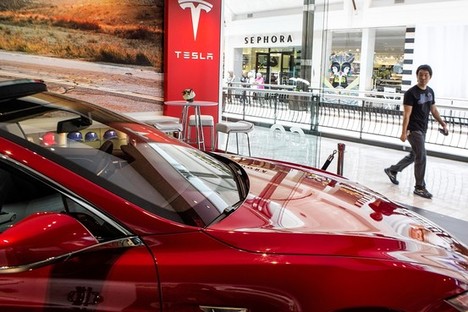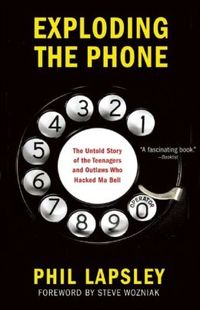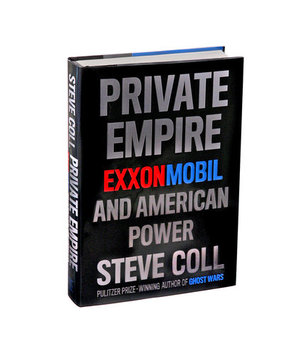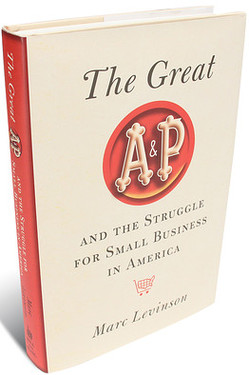The two main types of creative destruction are: 1.) new products and 2.) process innovations. Much has been written about the new product type; much less about the process innovation type. Marc Levinson has written two very useful books on process innovations that are important exceptions. The first is The Box and the second is The Great A&P.
(p. A13) A prosecutor in Franklin Roosevelt’s administration called it a “giant blood sucker.” A federal judge in Woodrow Wilson’s day deemed it a “monopolist,” and another, during Harry Truman’s presidency, convicted it of violating antitrust law. The federal government investigated it almost continuously for a quarter-century, and more than half the states tried to tax it out of business. For its strategy of selling groceries cheaply, the Great Atlantic & Pacific Tea Company paid a very heavy price.
. . .
A&P was Wal-Mart long before there was Wal-Mart. Founded around the start of the Civil War, it upset the tradition-encrusted tea trade by selling teas at discount prices by mail and developing the first brand-name tea. A few years later, its tea shops began to stock spices, baking powder and canned goods, making A&P one of the first chain grocers.
Then, in 1912, John A. Hartford, one of the two brothers who had taken over the company from their father, had one of those inspirations that change the course of business. He proposed that the company test a bare-bones format at a tiny store in Jersey City, offering short hours, limited selection and no home delivery, and that it use the cost savings to lower prices. The A&P Economy Store was an instant success. The Great A&P was soon opening one and then two and then three stores per day. By 1920, it had become the largest retailer in the world.
. . .
While shoppers flocked to A&P’s 16,000 stores, small grocers and grocery wholesalers didn’t share their enthusiasm. The anti-chain-store movement dates back at least to 1913, when the American Fair-Trade League pushed for laws against retail price-cutting.
. . .
Thanks in good part to the Hartfords’ tenacity, the restraints on discount retailing began to fade away in the 1950s. Chain-store taxes were gradually repealed, and state laws limiting price competition to protect mom and pop were taken off the books. By 1962, when Wal-Mart, Target, Kmart, and other modern discount formats were born, the pendulum had swung in consumers’ favor.
For the full commentary, see:
MARC LEVINSON. “When Creative Destruction Visited the Mom-and-Pops; The A&P grocery company may be nearing its sell-by date, but a century ago it was a fresh, revolutionary business.” The Wall Street Journal (Sat., Oct. 12, 2013): A13.
(Note: ellipses added.)
(Note: the online version of the commentary has the date Oct. 11, 2013, and had the title “Marc Levinson: When Creative Destruction Visited the Mom-and-Pops; The A&P grocery company may be nearing its sell-by date, but a century ago it was a fresh, revolutionary business.”)
Levinson’s book on A&P is:
Levinson, Marc. The Great A&P and the Struggle for Small Business in America. New York: Hill and Wang, 2011.




